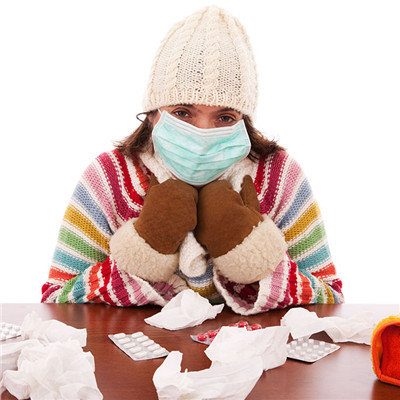Get up in the morning have cold symptom?
summary
The disease can occur throughout the year. It occurs frequently in winter and spring. It can be transmitted by droplets containing virus or contaminated appliances. Most of them are sporadic. However, it is often prevalent when the climate changes. Due to many types of virus, the human body has weak and short-term immunity to various viruses, and there is no cross immunity. At the same time, there are virus carriers in healthy people, Therefore, a person can have multiple diseases in a year. Get up in the morning have cold symptom? Let's talk about it
Get up in the morning have cold symptom?
Commonly known as "cold", also known as acute rhinitis or upper respiratory tract catarrh, it is mostly caused by rhinovirus, followed by coronavirus, parainfluenza virus, respiratory syncytial virus, ECHO virus, Coxsackie virus, etc.

The incubation period is 1-3 days, which varies with the virus. Enterovirus is short, adenovirus and respiratory syncytial virus are long. The main manifestations are nasal symptoms, such as sneezing, nasal congestion, runny nose, cough, dry throat, itching or burning sensation, and even postnasal drip.

At the same time or a few hours after the onset of symptoms such as sneezing, nasal congestion, runny nose and so on. After 2-3 days, the nasal mucus became thick, often accompanied by sore throat, tears, hypoesthesia, dyspnea, hoarseness, etc. Generally no fever and systemic symptoms, or only low fever, discomfort, mild chills, headache. Physical examination showed nasal mucosa congestion, edema, secretions, pharyngeal mild congestion.

matters needing attention
Sugar ginger tea drink: because the cold is mostly exogenous pathogenic wind cold, often headache, nasal congestion, runny nose and a body joint pain, and even fear of cold, fever and other symptoms, can use brown sugar, ginger, black tea each amount, boiled soup drink, 1-2 times a day, not only warm up to cold, but also has good prevention and treatment of cold function.















